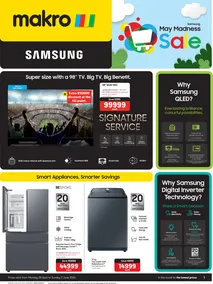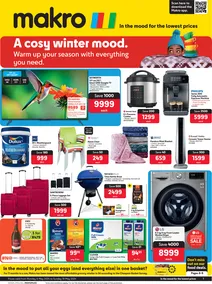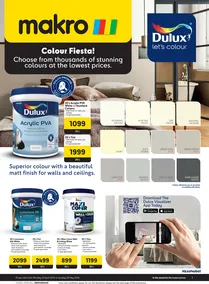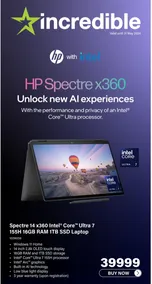
Use the Huawei MateBook D14 laptop to create a personalised smart office

New computers come and go, year in, year out, so users may worry that their computers will quickly become obsolete and unable to keep up with the latest technology and performance.
So, how do you choose a laptop that won’t end up being outdated just a couple of years down the line?
There are a handful of key factors to look out for that will help your laptop ‘age well’, including the enablement of a smart office, powerful performance, forward-thinking hardware design, easily upgradeable software systems and a quality build that can withstand a hard knock. Take a look at the Huawei MateBook D14 as an example of exactly what is involved to create a laptop that really lasts.
The Smart Office Solution
A smart, efficient and fully interconnected experience underpins the future of Smart Office. The Huawei Smart Office philosophy creates an organic synergy between hardware and software to deliver a smart experience where devices can collaborate with each other through compatible ecosystems and content that flows seamlessly across platforms. This facilitates creativity and communication to promote smoother operations at work.
The Huawei MateBook D14 enables you to use multiple devices, which usually run-on different systems, offer different connection options and supports different file formats.
Its rich multi-device connectivity experience can work seamlessly with mobile phones, tablets, monitors, earphones, mouses, speakers and printers. Thanks to its seamless ecosystem integration and multi-device collaboration, Huawei delivers a better and smarter productivity experience, making Huawei MateBook D14 a unique presence in the PC industry, bringing Seamless AI Life to a whole new level.
Forward-thinking Hardware Design
If we compare the evolution of smartphones in recent years to Huawei's products in the PC market, it’s clear that Huawei is developing PCs with many of the same key characteristics as smartphones, namely a full-screen, a thin and lightweight body and powerful interactive capabilities.
The newly launched Huawei MateBook D14 features a compact screen that delivers a large viewing area. The bezel at the top, left and right measures as narrow as 4.8mm, resulting in an 84 percent of screen-to-body ration. An aspect ratio of 16:9 and up to 180 degrees of travel makes it an ideal laptop for content viewing and uses a 1080p FHD IPS screen with anti-glare protection.
The high-precision multi-touch screen has an innovative three-finger slide screenshot function, which participates in multi-screen collaboration, by enabling drag-and-drop file transfer between your smartphone and PC, providing a truly interactive cross-device user experience.
To make a laptop useful in the long run, the performance of the CPU and graphics card is absolutely crucial.
Therefore, the Huawei MateBook D14 AMD Edition is equipped with the new AMD Ryzen™ 4000 H-Series mobile processor, using “Zen 2” architecture, up to eight cores and an AMD Radeon™ Graphics card.
This represents a significant jump in graphics processing power for the MateBook Series and has become the basis for Huawei’s “forward-looking” notebook hardware design.
If the development of hardware design comes from anticipating future technological developments, then the development of software systems is more about anticipating the future needs of customers. The integration of laptops and mobile phones, along with tablets and other devices into the same ecosystem is one of the biggest demands from users today and will inevitably determine the future trajectory of PC design and development.
The Huawei MateBook D14 has an advanced multi-device ecosystem synchronization. The Huawei Share Multi-Screen Collaboration feature unites the user’s Huawei MateBook and smartphone to create a new kind of interactive experience. This heralds the beginning of a new style of interaction between PCs and smartphones, based on the traditional exchange of files, which has the potential to leverage the computing power and professional system capabilities of both the MateBook and smartphone, to create a single shared integrated system.
The MateBook’s keyboard, mouse, microphone and display can also be used peripherally to enable seamless collaboration between the MateBook and your smartphone. The smartphone takes advantage of the MateBook’s more professional office application ecosystem for efficient cross-system and cross-platform operation, bringing an unprecedented degree of innovation to an office experience.
Built to Last
If you’re looking for a laptop that was designed to last more than just a couple of years, its hardware and software upgradability are also key giveaways. To be able to withstand the commotion that day-to-day life can throw at you and your laptop, users should take a look at the product’s factory tests before you make your purchase.
The Huawei MateBook D14 uses high-strength aluminium alloy body adopting anodizing processes, which provides greater toughness and improved wear-resistance, dirt-resistance and corrosion-resistance for worry-free long-term use. It is also assessed against a stringent set of laptop testing standards, for example, high-temperature and high-humidity operational tests are carried out to determine the ageing and lifespan of the notebook.
The Huawei MateBook D14 has gone through stringent durability tests for key components to ensure reliable and long-lasting usage for users.
The design is based on an anticipation of the user’s needs and the device’s required upgrades over the course of three to five years. Drawing elements from the design, materials, CMF and many other aspects of its own smartphones, Huawei’s PC products are designed to be industry-leading year after year. This is what really counts when it comes to finding a Smart office laptop that lasts.
Supplied by: Huawei.
Guzzle Media
Tags:
#HuaweiGet The Latest News & Specials
You successfully subscribed, thanks!
THIS WEEK'S TOP STORIES


Two new Fujifilm cameras heading to South Africa in June, joined by a duo of lenses

Unlocking Business Potential in Mozambique: A Success Story from Oleos do Sul Coconut Oil factory

HUAWEI WATCH FIT 3 Arrives On South African Shelves





































































































































































































